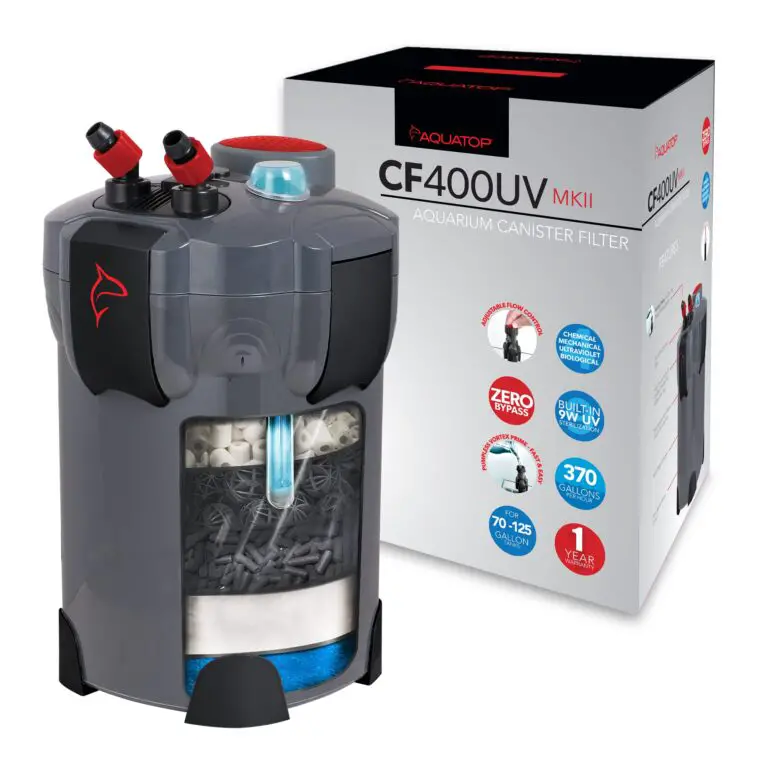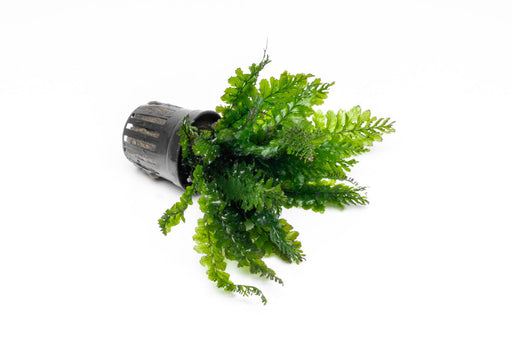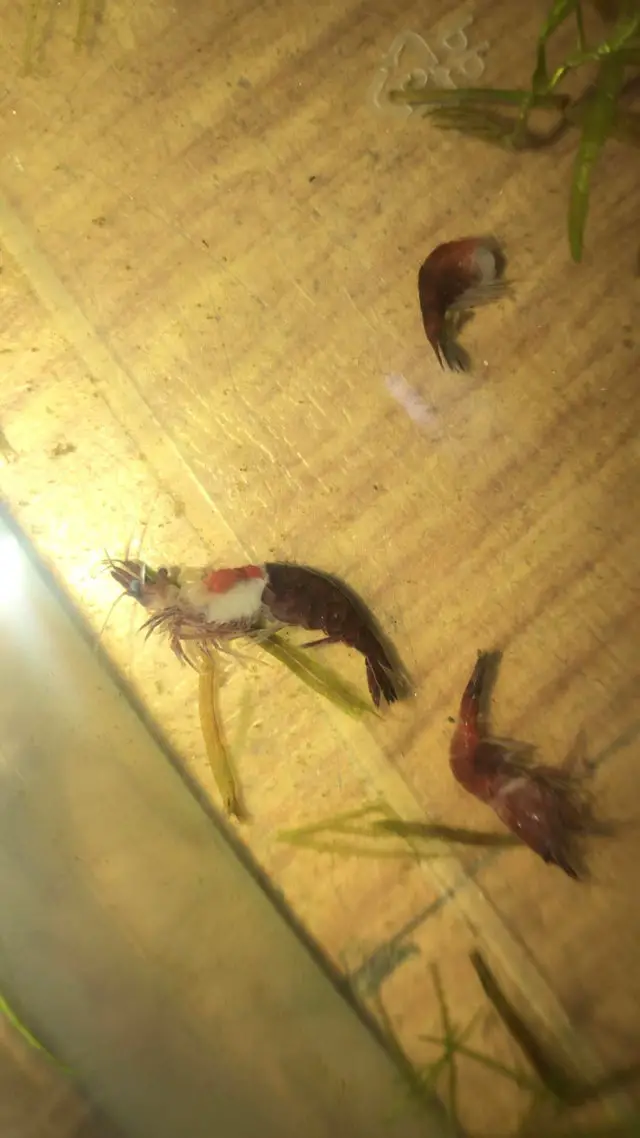Freshwater Aquarium Sump
A freshwater aquarium sump is an additional water tank that can be connected to your main aquarium. The purpose of a freshwater aquarium sump is to provide filtration for the main tank and also increase its overall water volume. It typically consists of a large tray or container with several compartments, each containing mechanical and biological filtration media such as filter floss, activated carbon, ceramic rings, bio-balls and other types of material.
Water from the main tank flows down into the sump where it passes through these different layers of media before being pumped back up into the main aquarium again. This process helps remove pollutants like ammonia and nitrites which are harmful to fish health while providing more oxygenated water for them to thrive in.
A freshwater aquarium sump is an invaluable piece of equipment for any aquarist looking to get the most out of their tank. The sump serves as a filtration system, allowing water to be filtered and circulated back into the tank while also serving as a place to house other pieces of equipment such as protein skimmers and heaters. By utilizing a sump in your setup, you can ensure that your water quality remains at its highest level and provide a safe environment for all types of aquatic life.
Best Sump for Freshwater Aquarium
One of the best sump for freshwater aquariums is the AquaTop CF500UV Canister Filter, which provides excellent filtration and a huge amount of water movement. This filter offers 3 media baskets that can be filled with different types of media to suit your specific needs, as well as an adjustable flow rate knob. The UV sterilizer helps keep harmful bacteria out of your tank while also controlling unwanted algae growth.
Additionally, this filter is quite quiet and easy to use and maintain, making it a great choice for any freshwater aquarium enthusiast.
Aquarium Sump Kit
An aquarium sump kit is a great way to provide filtration for an aquarium. It consists of a container, usually placed below the tank, which houses a filter media and pump system. This allows water from the main tank to be filtered through additional layers of filtration before being returned back into the main tank.
Sump kits can also allow for additional features such as heaters, protein skimmers and automatic top-off systems that would otherwise take up valuable space in the main tank. With all these benefits, an aquarium sump kit is essential if you are looking to keep your aquarium clean and healthy!
Diy Aquarium Sump
DIY aquarium sump systems offer fish owners a cost-effective way to filter their tanks. A sump is an additional tank that sits beneath the main tank and contains mechanical, chemical, and biological filtration media to remove toxins from the water. DIY sumps are typically much cheaper than buying a pre-built system but can take some time and effort to set up properly.
With careful execution, however, DIYers can create efficient and effective filtration systems for their tanks with relative ease.
Fish Tank Sump Setup
Setting up a sump in a fish tank is an effective way to increase water volume, oxygenate the water, and improve filtration. A sump typically consists of a larger container (usually made from plastic or acrylic) that fits underneath the main tank and circulates water back into it. The sump also contains various compartments for chemical filter media such as activated carbon, mechanical filter media like sponge filters, and biological filter media like ceramic rings.
Sumps can be quite complicated to set up correctly but once they are running properly they provide significant benefits for your aquarium’s overall health and environment.
Sump Filter Aquarium
A sump filter aquarium is a great way to keep your tank clean and healthy. It works by using an overflow box that draws water from the main tank, passing it through a series of mechanical and biological filtration media before returning it back into the main aquarium. This allows for optimal water quality while also providing additional space for things like heaters, protein skimmers, and other equipment.
Sump filters are relatively easy to install and maintain, making them a popular choice among experienced aquarists.
Aquarium Sump Plumbing
Aquarium sump plumbing is a common setup used to connect an aquarium filtration system with the main tank. This type of plumbing involves running water from the main aquarium through an overflow box, which then drains into a separate filter chamber or sump. The sump typically contains media such as protein skimmers, mechanical filters, and chemical filtration materials that help keep your aquarium clean and maintain healthy water quality.
Sump Filtration for Freshwater Aquarium
Sump filtration is an important part of keeping a healthy freshwater aquarium. Sump filters provide additional mechanical and biological filtration for your tank, helping to keep the water clean and free from toxins that can harm aquatic life. By using a sump filter, you can reduce nitrates in the water, improve water clarity, increase oxygen levels and create a more stable environment for your fish and other animals.

Credit: tanninaquatics.com
Can You Use a Sump for a Freshwater Aquarium?
Yes, you can use a sump for a freshwater aquarium. A sump is an additional tank that is placed below the main aquarium and helps to filter out debris from the water before it recirculates back into the main tank. This extra layer of filtration not only helps keep your water crystal clear, but also provides essential oxygenation to ensure healthy fish and plant life in your setup.
It’s important to note that sumps are designed specifically for saltwater tanks, so if you plan on using one with fresh water it will need to be modified accordingly – there should never be any direct contact between salt and fresh water! Additionally, make sure your overflow pipes are properly installed so that they don’t siphon out too much water from the main tank. With all these considerations taken care of though, a sump can be an invaluable tool when setting up a freshwater aquarium – providing added filtration and oxygenation which will help maintain good health in your aquatic environment.
How Does a Sump Work in Freshwater Aquarium?
A sump is an important part of a freshwater aquarium, as it allows for extra filtration and oxygenation of the water. It works by having a lower reservoir that holds all the equipment needed to keep your aquarium running smoothly. This includes things like protein skimmers, heaters, and other necessary items such as pumps and air stones.
A return pump then brings in clean water from the aquarium, which flows down into the sump before being circulated back up into the tank. The water passes through several layers of filter media contained within the sump where particles are removed from the water. This helps maintain ideal conditions in your tank while also removing any harmful nitrates or ammonia present in some fish tanks due to overcrowding or poor maintenance practices.
In addition to providing excellent filtration capabilities, sumps can also act as refuges for inhabitants during times when power outages occur or during floods or storms that could cause damage to your tank’s environment if not prepared properly with a sump system installed beforehand!
Do I Need a Sump for My Aquarium?
A sump is a great addition to any aquarium, and can provide a range of benefits for both you and your fish. A sump acts as an extra chamber in the aquarium system, usually located underneath the display tank. This additional space allows for more room to add additional equipment such as filters, heaters, or protein skimmers.
By having all these components in one place it makes maintenance easier and reduces clutter around the tank. Additionally, because water from your main tank flows into the sump it also helps with oxygenation which can be beneficial for your fish’s health. Another benefit of a sump is that it offers more stability in terms of pH level than most filtration systems alone would give you – this means less frequent water changes are necessary which saves time and effort on your part!
Ultimately if you want to take advantage of all these benefits then yes, investing in a sump is highly recommended for any aquarium setup.
Is a Sump Better Than a Canister Filter?
When it comes to choosing a filter for your fish tank, you may be wondering if a sump is better than a canister filter. While both types of filters have their advantages and disadvantages and will depend on the type of aquarium you have, overall sump filters offer several benefits that make them an ideal choice in many cases.
Sumps are usually preferred over canister filters because they generally cost less and require less maintenance.
Sumps also tend to provide more biological filtration capacity than canister filters as they utilize additional mechanical filtration stages such as protein skimming or chemical media reactors. Additionally, sumps typically take up less space inside the aquarium compared to bulky canisters that need to be located away from the aquarium itself; this allows for more room in the tank for decorations or plants which helps improve aesthetics. Finally, sumps give more flexibility when it comes to water changes; since all of your equipment is stored outside of the aquarium, filling and draining your tank becomes easier when done through a sump system versus with traditional methods where hoses must be connected directly inside the tank.
All things considered, while there are pros and cons associated with each type of filter system, if you’re looking for something efficient yet affordable then investing in a sump may be just what you need!
FRESH WATER AQUARIUM SUMP HOW DOES IT WORK?
Conclusion
In conclusion, setting up a freshwater aquarium sump is an important step to take when setting up a freshwater aquarium. It allows for additional filtration and circulation of the water which helps keep your fish healthy and happy. A proper setup will ensure that your tank runs smoothly without any problems.
With just a few simple steps, you can have a great looking and functioning system in no time!





